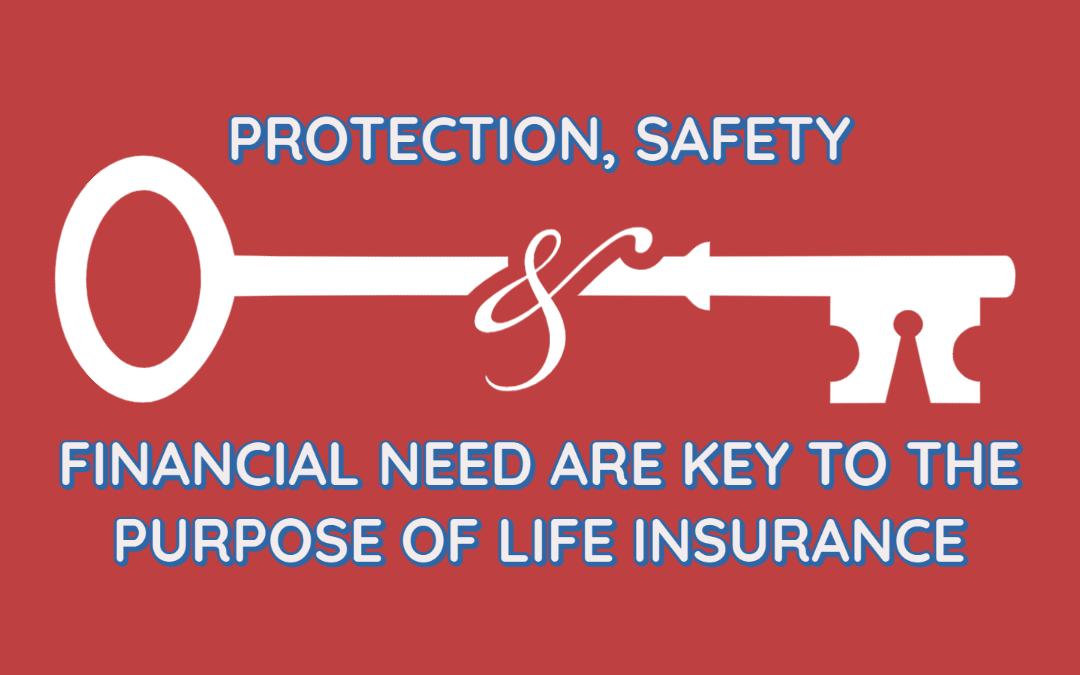The smart Trick of Pacific Prime That Nobody is Talking About
The smart Trick of Pacific Prime That Nobody is Talking About
Blog Article
The Main Principles Of Pacific Prime
Table of ContentsSome Ideas on Pacific Prime You Should KnowThe Best Strategy To Use For Pacific PrimeWhat Does Pacific Prime Mean?Some Of Pacific PrimeThe Single Strategy To Use For Pacific Prime

This is due to the fact that the information were accumulated for a period of strong financial performance. Of the estimated 42 million individuals that were uninsured, all yet regarding 420,000 (concerning 1 percent) were under 65 years of age, the age at which most Americans end up being eligible for Medicare; 32 million were grownups between ages 18 and 65, around 19 percent of all adults in this age group; and 10 million were youngsters under 18 years old, about 13.9 percent of all kids (Mills, 2000).
These price quotes of the number of persons without insurance are produced from the yearly March Supplement to the Current Populace Survey (CPS), conducted by the Demographics Bureau. Unless otherwise noted, nationwide estimates of people without wellness insurance coverage and percentages of the population with different type of insurance coverage are based upon the CPS, the most widely utilized resource of price quotes of insurance coverage and uninsurance prices.
The smart Trick of Pacific Prime That Nobody is Talking About

Still, the CPS is especially helpful due to the fact that it generates annual quotes reasonably rapidly, reporting the previous year's insurance policy protection approximates each September, and due to the fact that it is the basis for a constant collection of estimates for greater than two decades, allowing for evaluation of fads in protection over time. For these factors, along with the considerable use the CPS in various other studies of insurance policy protection that are provided in this report, we rely on CPS price quotes, with restrictions noted.

The quote of the number of without insurance people expands when a populace's insurance standing is tracked for several years. Over a three-year period starting early in 1993, 72 million people, 29 percent of the U.S. https://www.anyflip.com/homepage/fcter#About. populace, were without coverage for at the very least one month. Within a solitary year (1994 ), 53 million people experienced a minimum of a month without insurance coverage (Bennefield, 1998a)
Six out of every ten without insurance adults are themselves used. Working does boost the possibility that one and one's household members will certainly have insurance coverage, it is not a guarantee. Also members of family members with two permanent breadwinner have almost a one-in-ten possibility of being uninsured (9.1 percent without insurance price) (Hoffman and Pohl, 2000).
Fascination About Pacific Prime
New immigrants account for a considerable percentage of people without medical insurance. One analysis has actually attributed a considerable section of the recent growth in the dimension of the united state without insurance populace to immigrants who showed up in the nation in between 1994 and 1998 (Camarota and Edwards, 2000). Recent immigrants (those who concerned the United States within the past four years) do have a high rate of being uninsured (46 percent), yet they and their children account for just 6 percent of those without insurance nationally (Holahan et al., 2001).
The connection between medical insurance and accessibility to care is well developed, as recorded later on in this phase. The partnership in between health and wellness insurance coverage and health and wellness outcomes is neither direct more nor easy, a substantial professional and wellness solutions research study literature links health insurance coverage to enhanced access to care, much better high quality, and boosted personal and population wellness condition.
Degrees of analysis for examining the results of uninsurance. It focuses particularly on those without any wellness insurance coverage for any kind of length of time.
The Ultimate Guide To Pacific Prime
The troubles dealt with by the underinsured are in some respects comparable to those encountered by the without insurance, although they are usually much less serious. Health and wellness insurance policy, nevertheless, is neither required nor enough to gain access to medical services. The independent and straight result of health and wellness insurance protection on access to wellness services is well developed.
Others will get the health and wellness care they require even without medical insurance, by paying for it out of pocket or seeking it from suppliers who supply care totally free or at highly subsidized prices. For still others, medical insurance alone does not guarantee invoice of care as a result of other nonfinancial obstacles, such as a lack of health and wellness treatment carriers in their community, minimal access to transport, illiteracy, or etymological and cultural distinctions.
About Pacific Prime
Official research concerning uninsured populaces in the United States dates to the late 1920s and very early 1930s when the Board on the Price of Healthcare produced a series of reports regarding funding physician office check outs and hospital stays. This concern became salient as the numbers of medically indigent climbed during the Great Clinical depression.
Report this page